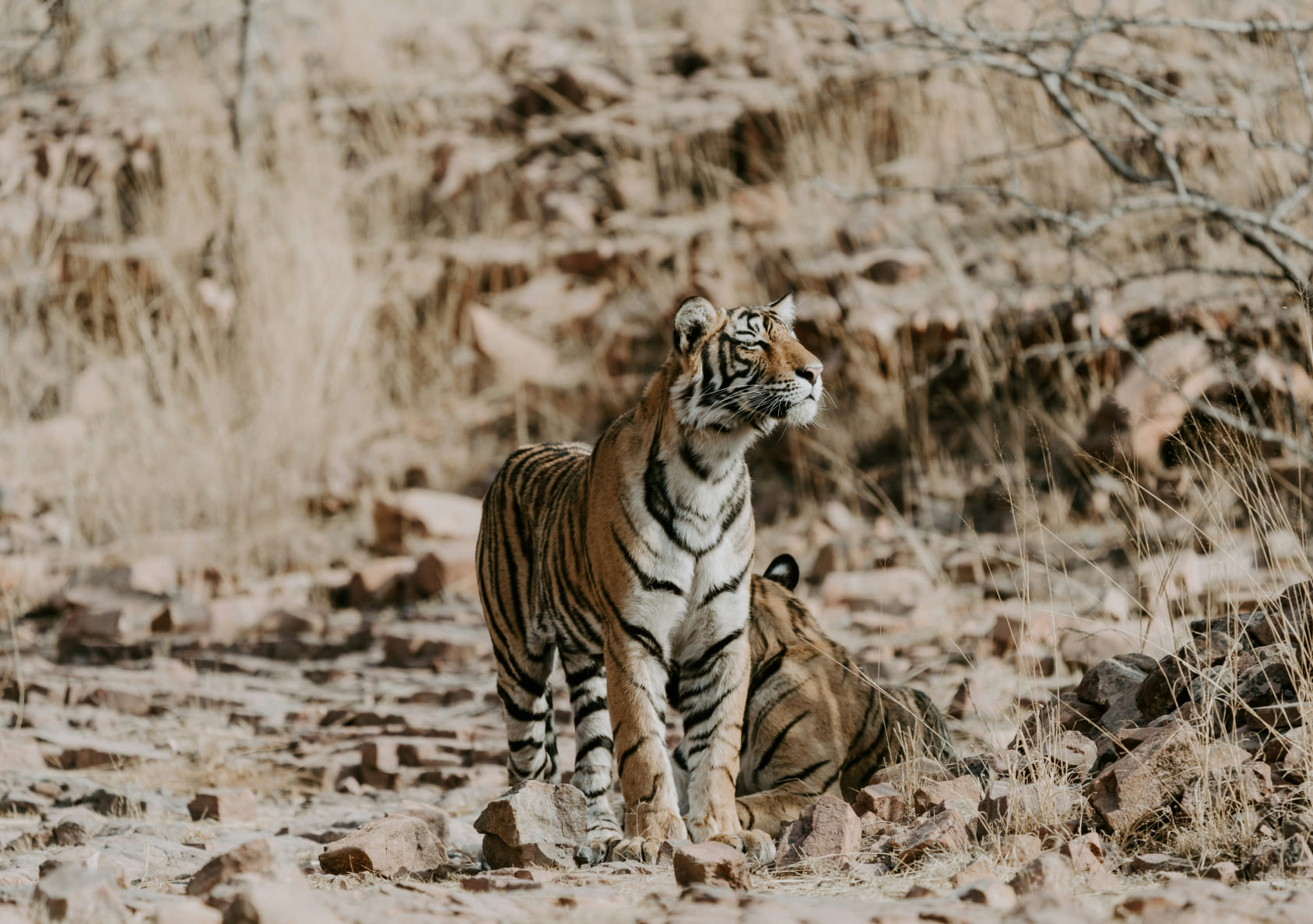HXPV+27R, Junwani Ryt., Madhya Pradesh 481639, India
HXPV+27R, Junwani Ryt., Madhya Pradesh 481639, India

The tiger is the largest and most powerful of the big cats, instantly recognizable by its bold black stripes and fiery orange coat. Tigers are solitary and elusive hunters, symbolizing raw strength, agility, and resilience. They are native to Asia and play a vital role in maintaining the balance of their ecosystems.
Zoos offer educational programs for people of all ages, from interactive exhibits to guided tours. These experiences foster a deeper understanding of the animal kingdom and inspire care for the environment.
Many zoos work actively to save endangered species through specialized breeding programs and habitat restoration. These efforts are essential for preserving species on the brink of extinction.